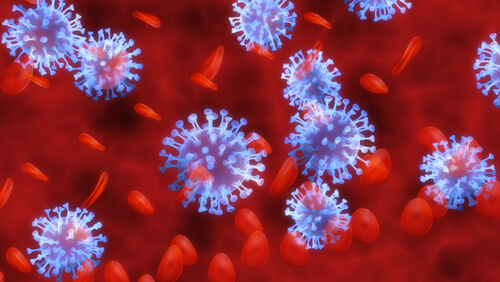In a recent research article published in the Journal, Metabolism-Clinical and Experimental, a group of researchers from the UK reviewed nearly 338,000 diabetic patients. They evaluated the percentages who had contracted Covid-19, and compared this to their glycemic control measure, known as hemoglobin A1c. This percentage of glucose in the bloodstream , known as glycosolated hemoglobin, gives a more longer term measure of diabetic control, versus the up and down dynamics experienced on a day to day basis.
Normal A1c is between 5.3% and 5.7%. If a patient’s measure falls between 5.8% and 5.99%, the patient is classified as pre-diabetic. At 6.0% and higher, diabetes is diagnosed. The higher the percentage, the more ‘out of control’ the patient’s diabetes is, and the sooner the destructive impact of the disease will be manifested.
This study found that between March 16, 2020 and April 26, 2020, there were 649 cases of Covid-19 serious enough to warrant hospitalization.
Here is from the study’s abstract:
- Multivariable adjusted analyses demonstrated an increased risk of COVID-19 in persons who had undiagnosed diabetes at baseline (defined as A1C ≥6.5%) and in those with poorly controlled diabetes (defined as A1C ≥8.6%). Relative risk was 2.68 in those with undiagnosed diabetes at baseline and 1.91 in those with poorly controlled diabetes.
- With increasing A1c—even within the normal range—the risk of COVID-19 increased progressively. Regulation of blood glucose may have a significant role in immune response to COVID-19.
Put in very simplistic terms, the higher the A1c, the greater the risk of not only contracting COVID-19, but experiencing more and more severe complications. So, the take home message for our patients with diabetes is this: Anything you can do to maintain control, and, hopefully in lowering your A1c is worth the effort! Thanks for everything you do to maintain your diet, exercise, sleep and medications in the face of this destructive disease!


